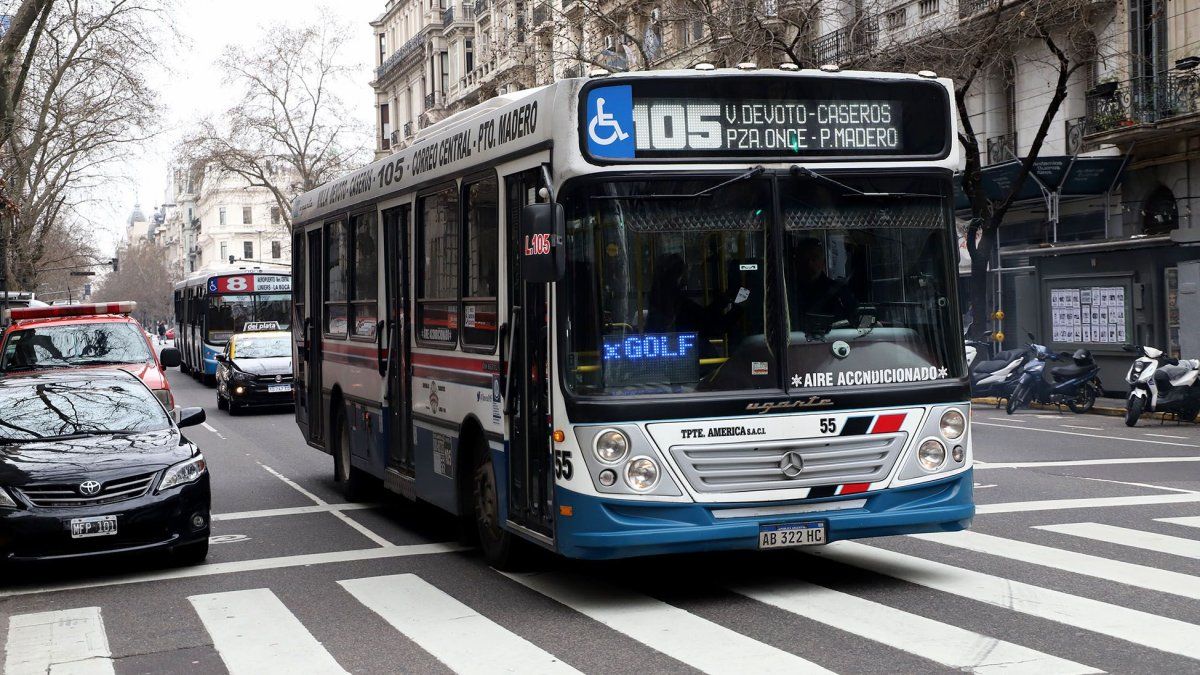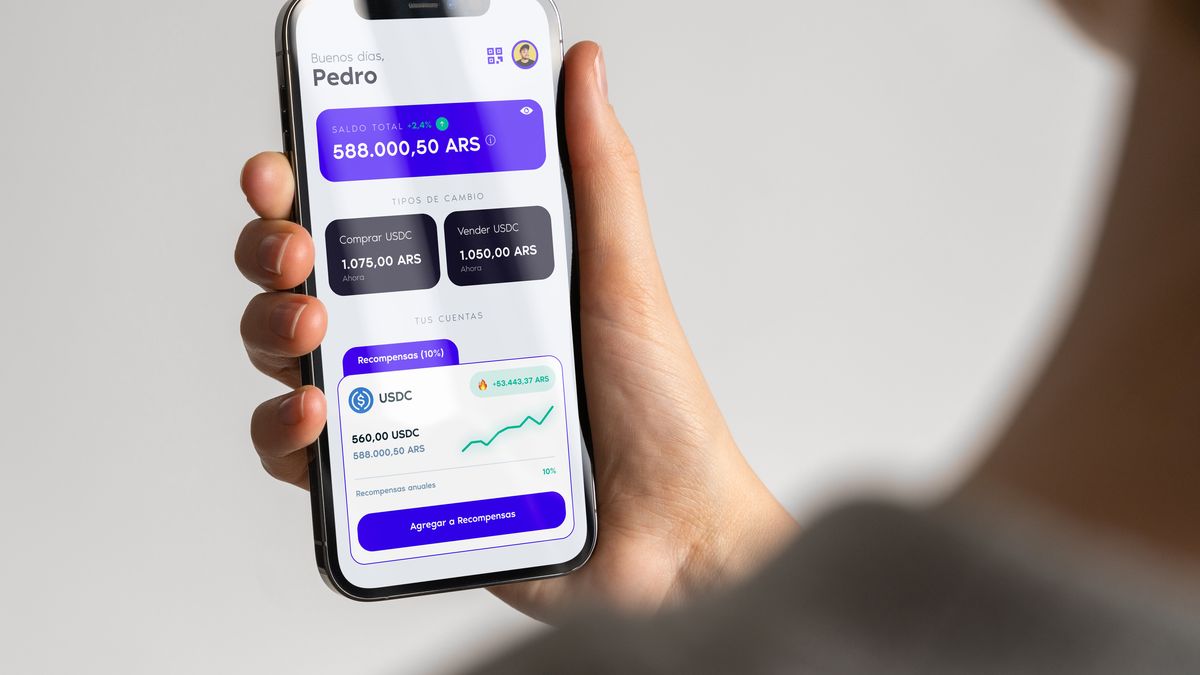The Government decided to implement a new subsidy distribution scheme to the public transport, linked to the demand for the service, for the Buenos Aires Metropolitan Area (AMBA) through Resolution 45/2024 published this Tuesday in the Official Gazette.
The regulations of the Ministry of Transportation provide that the Executive will become grant subsidies to passenger transportation based on the demand for the service instead of doing so in relation to its offer, starting from the settlements corresponding to October.
The measure, which also approves the Methodology for the Construction of Theoretical Reference Rates, will be applied to services of national jurisdiction in urban and suburban areas of the AMBA and in other established administrative units.
The modification in the The way of distributing the subsidies is in line with a report from the General Auditor’s Office of the Nation in 2017, in which it recommended “instructing the necessary measures to speed up the process of redirecting subsidies to the demand for the service, instead of subsidizing its supply.”
In the same direction, he advised that “in the distribution of SISTAU subsidies, increase the participation of parameters linked to the use of transportation (demand)” and at the same time considered it necessary “to continue increasing the use of SUBE data for the calculation of the tariff compensations to be distributed”.
As of this update, The calculation of subsidies will have an increase in the interference of the SUBE system and will incorporate parameters based on actual kilometers traveled.“to seek to encourage the effective provision of services.” In this regard, it is clarified that the kilometers “must be adjusted by the corresponding seasonality factor for each month.”
With this mechanism, Providers must demonstrate a direct correlation between the increase in kilometers and the growth of demand, since “periodic controls will be established on the kilometers surveyed for each operator, in order to detect and discourage the carrying out of unproductive practices and/or the carrying out of kilometers that are not supported by growth in demand.”
In this sense, it was clarified that “whenever increases are observed in the number of kilometers reported for each line and that they do not necessarily translate into a greater number of passengers transported, they will be considered ‘inefficient’ and, therefore, will not be considered for the calculation of compensation.”
The official text determined that distribution on demand “consists of the refund of discounted rates for integration application, social attributes and student tickets, plus the distribution of surpluses based on income adjusted by ‘theoretical reference rate'”.
Social charges that will continue to be considered for passengers
- Integrated Ticket: The operators will be compensated for the amount resulting from the discount for “integrated travel”, according to the uses reported by Nación Servicios Sociedad Anónima, with respect to valid rates within the current rate table.
- Social Attribute: tariff supplement applicable to trips made by users included in affinity groups, or with social attributes, according to current regulations.
- School and Student Ticket: fare compensation applicable to each of the trips made by the beneficiaries of the School and Student Tickets.
city buses.jpg
The regulations of the Ministry of Transportation provide that the Executive will grant subsidies to passenger transportation based on the demand for the service.
In addition, It was stipulated that to ensure that all services cover at least their minimum operating costs, lines with insufficient income will receive additional compensation, which will be calculated based on the cost of personnel and fuel, adjusted according to the kilometers reported in the SUBE system.
Regarding income that exceeds operating costs, it was established that they will be regulated by a maximum limit, statistically controlled, to avoid income higher than necessary.
In relation to the theoretical reference rates, The standard specified that their values for each ticket are obtained by adding the fixed and variable cost components.. Meanwhile, it specified that once these rates are obtained for each grouping and section, each of them is associated with its respective commercial rate in force at the time of carrying out the settlement.
Source: Ambito
I’m a recent graduate of the University of Missouri with a degree in journalism. I started working as a news reporter for 24 Hours World about two years ago, and I’ve been writing articles ever since. My main focus is automotive news, but I’ve also written about politics, lifestyle, and entertainment.




